如何使用 Filastruder 回收口罩
面罩, COVID-19 传播的第一道防线是一种旨在防止吸入和传播传染性病原体的简单设备,它已经影响了全世界数十亿人的生活。
自从全球大流行开始以来,使用口罩一直是必需品,在许多情况下是一项义务,但尽管它们已经做了很多好事,但消除它们代表着巨大的生态挑战,人们在很大程度上忽视了这一挑战,转而采取更直接的措施关注 .据估计,全世界每个月大约使用 1290 亿个呼吸器,其中大部分是为一次性使用而设计的。减轻这种个人防护装备 (PPE) 对我们环境的影响是一项巨大的挑战,因为口罩可能需要 400 多年才能分解。
根据联合国贸易和发展会议的数据,大约 75% 的口罩和其他与大流行病相关的废物最终将被填埋或漂浮在我们的海洋中。 由于它们无法通过传统系统进行焚烧或回收,我们究竟应该如何处理它们?
英国布里斯托大学的一个研究小组似乎找到了解决办法 .该计划背后的想法是收集外科口罩并将其转化为 3D 打印材料,即灯丝。
在第一次测试中,该团队联系了一家 PPE 制造商,该制造商提供了 1 公斤有缺陷的口罩 (松动或丢失的鼻棒)由聚丙烯制成 IIR 免费。这些口罩是经过认证的手术产品,符合 EN14683:2019 Type IIR 标准。
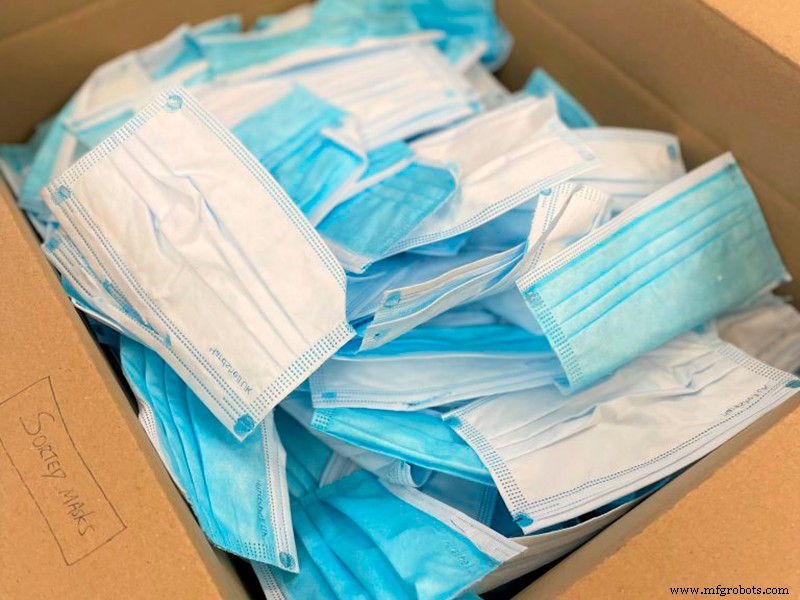
图片 1:为项目提供的面具。资料来源:布里斯托大学。
该过程的第一步,除了从耳朵上取下弹性条和鼻子上可能有的任何金属箔外,用熨斗在两张不粘纸之间加热一叠口罩。
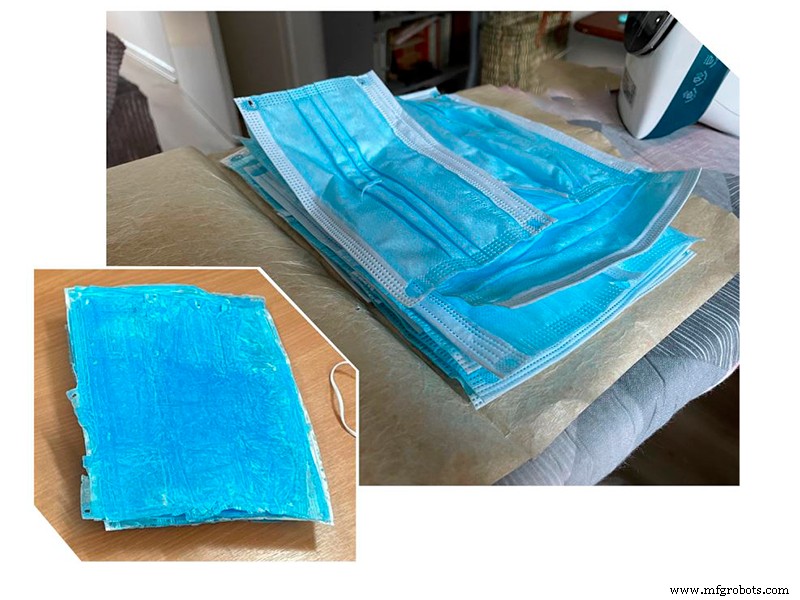
图 2:面具变成了床单。资料来源:布里斯托大学。
这导致它们熔化成实心片 这更容易使用并防止研磨机堵塞。 所得片材通过搅拌机生产细粒 适合挤出工艺的蓝色聚丙烯。
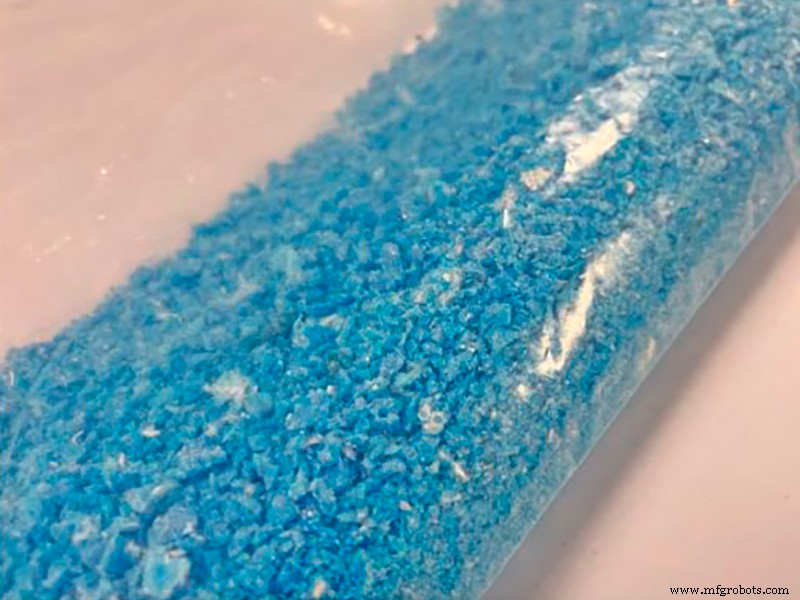
图 3:生成的颗粒。资料来源:布里斯托大学。
在继续下一步之前,有必要澄清口罩经受高温,研究人员认为高温足以杀死可能存在的 COVID-19 细菌并对材料进行消毒。 然而,他们在项目中使用的那些以前没有使用过。
第三步,颗粒最终进入机器 e(拉丝机)将它们变成细丝 .为了将掩模材料转化为 3D 打印机所需的灯丝,研究人员使用了 Filastruder,这是一种开源产品,由于用户社区分享了他们的设计和配置,该产品不断发展。
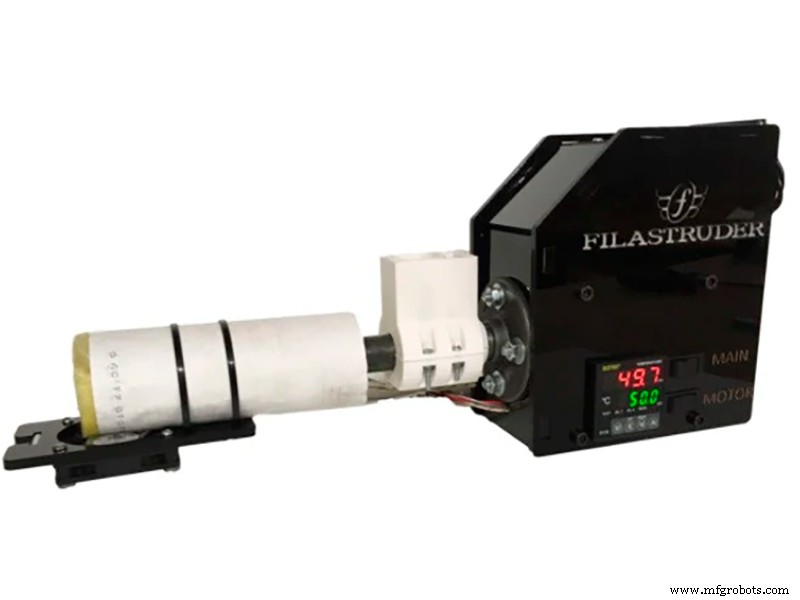
图 4:Filastruder。富恩特:丝状结构。
Filastruder 能够按需为任何 3D 项目生产颜色和尺寸合适的灯丝。它的操作很简单,只需设置所需的挤出温度,等到挤出机达到该温度,将颗粒和染料加入选定的料斗 (它甚至可以是一个塑料瓶)并打开齿轮马达开始挤压 .要缠绕灯丝并使用 3D 打印机进行后续处理,理想的选择是使用 Filawinder; designed especially for Filastruder users, which automatically winds the filament coming out of the drawing machine.
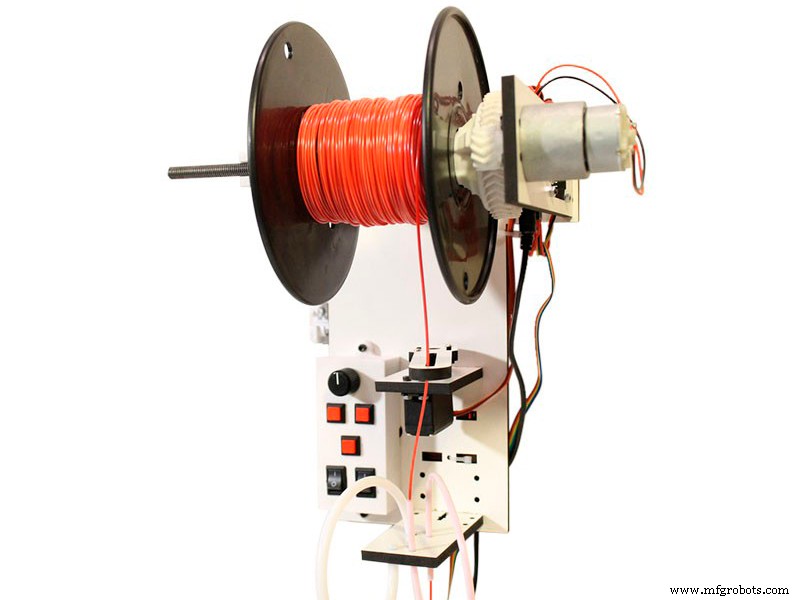
Image 5:Filawinder. Source:Filastruder.
It is advisable to place the Filastruder at a height of 1.5 m and let the filament hang down from there, so that it cools down before it touches the ground. The Filastruder should not be placed in a place where there are drafts, as these would cause the filament to oscillate and deform.
In this case, the team chose to mount the machine vertically and print a hopper to work in this position. The nozzle reached 170 °C and the pellets that passed through it were converted into filament. The team noted that in the first test the filament had only had an average diameter of 1.5 mm, but the results indicated that with further refinement it was be possible to achieve the standard 1.75 mm diameter, within a reasonable tolerance , so the nozzle was modified (drilled from 1.75 mm to 1.9 mm) and a more powerful feed mechanism was developed to get closer to the target diameter. Still, by activating the extrusion multiplier in the slicing software, the team was able to successfully print objects using the thin polypropylene filament.
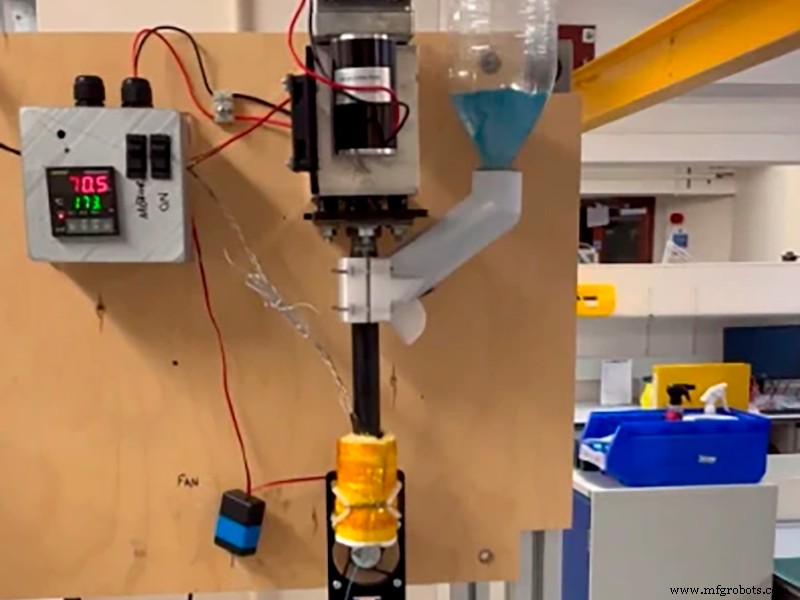
Image 6:Vertical mounting. Source:University of Bristol.
Polypropylene (PP) is notorious for being difficult to 3D print , as it does not adhere well to common printing surfaces. However, it does have good adhesion between layers. The trick employed by these scientists was to use normal transparent tape over the base, as it is often also made of PP. Using this method, it was very easy to 3D print with their limited rudimentary stock of filament on a low-cost 3D printing machine. It follows that the problems currently lie in the production of the filament and not in 3D printing with it.
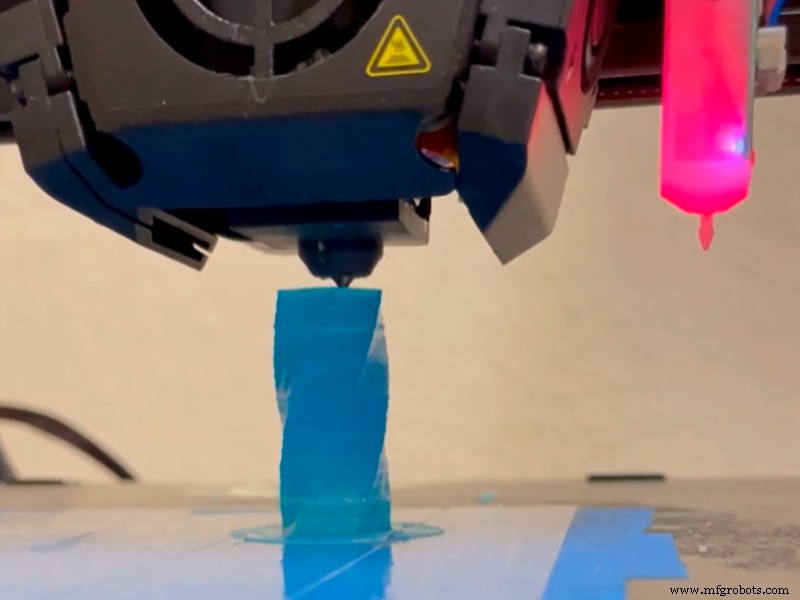
Image 7:Resulting piece. Source:University of Bristol.
The filament obtained , which is wound up, reached 7 metres in length . The piece of material that can be seen in the images provided by the University of Bristol is the result of transforming less than a third of an entire mask into filament.
Having achieved this result, the researchers are now looking at new challenges, such as the possibility of processing mixed materials by treating the mask with the handles in the same process. They also question whether the work can be automated on a large scale or whether universities would be able to create their own circular economy and oversee the distribution, collection and recycling of PPE.
Projects like the one at the University of Bristol can also be found in Spain.
For example, a group of scientists at the Universitat Politècnica de Catalunya (UPC) have devised a system for designing a mask created from used anti-covid masks . The mask has layers of recycled polypropylene fibre from discarded and properly sterilised surgical masks. A protective layer of silver oxide and cerium nanoparticles is also included, due to their antiviral and antibacterial function. The aim is to obtain a product that is protective, functional, innovative and sustainable. The recycling of used and discarded face masks begins with their autoclave sterilisation. The material is then granulated in such a way that polypropylene pellets are obtained for further processing and use to create a plastic filament which, using a 3D printer, results in a new mask. A protective coating with cerium oxide ions and silver can be applied to the printed mask, which increases its antibacterial protection. In addition to being reusable, the masks produced in this way can also be recycled into new masks, thus minimising waste generation to a minimum.
In the case of FILMA , a team made up of 4 young people, they came up with a project to recycle surgical masks that aims to give them a second life by transforming them into filament for 3D printers that can be used to create new products. Before being transformed into filament, the masks undergo a disinfection treatment. The materials are then separated and sent to a shredder that cuts them into small pieces. These pieces of plastic are mixed with some plastic pellets and finally fed into an extruder which melts the plastic, thus forming the filament. In addition to their own production of items from the filament, together with other brands, they design processes, campaigns and sustainable products to introduce the circular economy in companies and demonstrate to the new generations their commitment to the changes that are necessary for a better future.
3D打印


